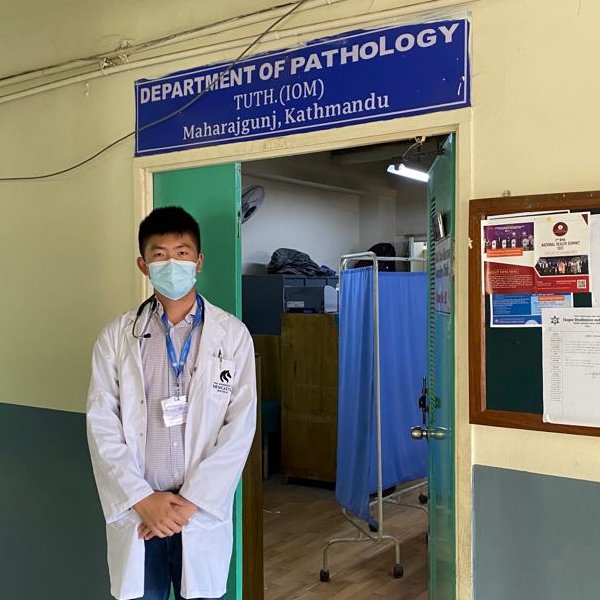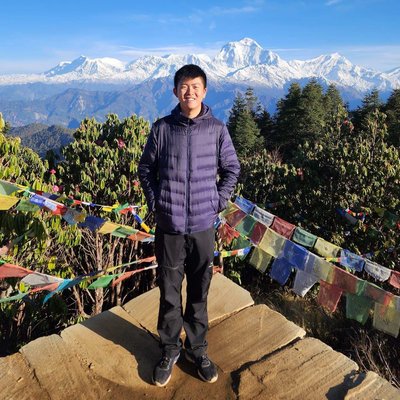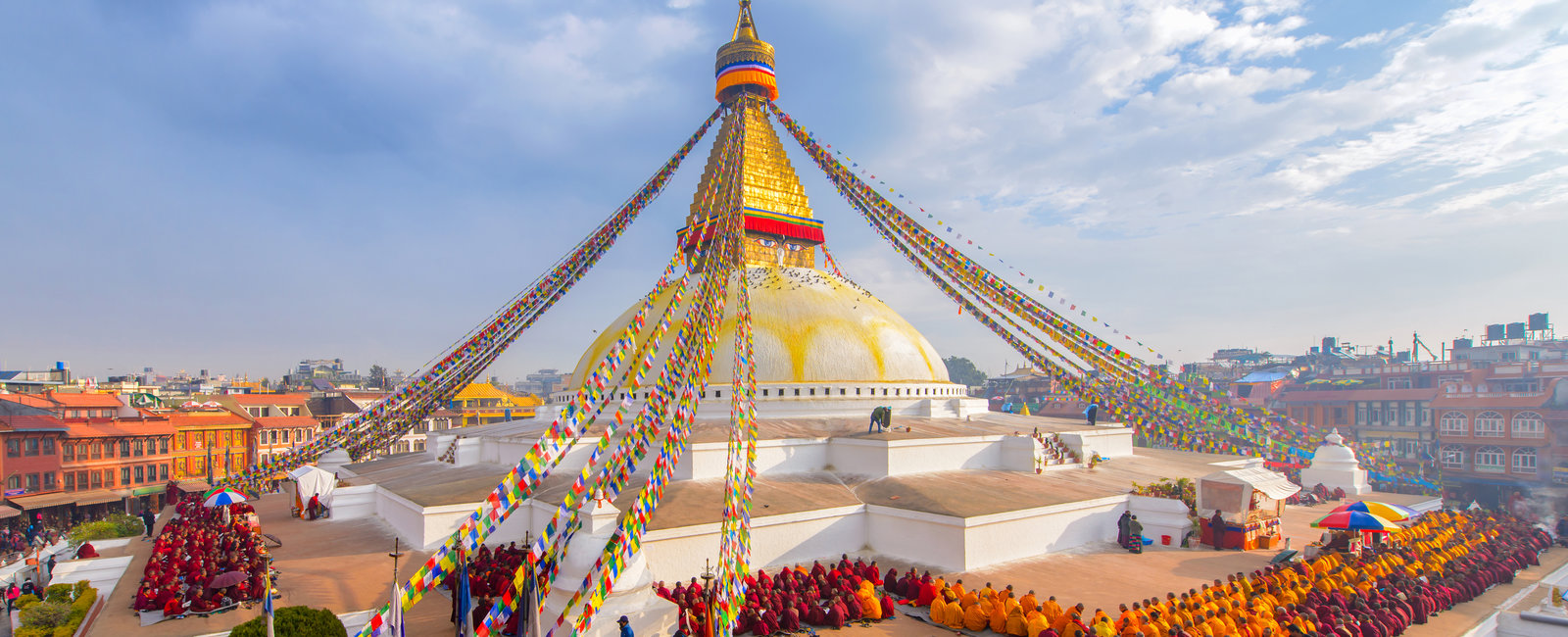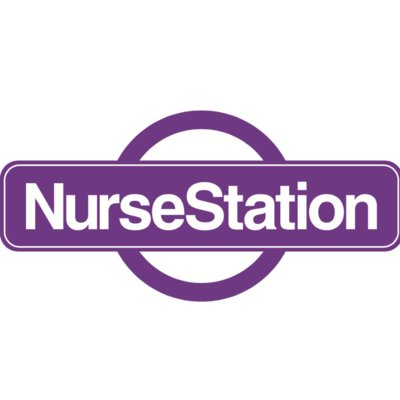University of Newcastle 2023
I got into medicine because I want a career that gives back to the community. I felt that practising medicine would be a way to directly help people with what can often be life-changing problems.
In some ways, even though I’m not yet qualified, this is already becoming a reality for me. Doing clinical placements has allowed me to apply my knowledge to patients. As I progress through my studies, I can get increasingly involved. There’s great satisfaction in being able to put theory into practice.

"I wanted to see how doctors dealt with the unique challenges that arise in low-resource healthcare systems."
Having the opportunity to take my skills overseas and learn how things work in a healthcare system that is, in many ways, completely different from my own was too good to pass up. In particular, I wanted to see how doctors dealt with the unique challenges that arise in low-resource healthcare systems.
I won’t say that practising overseas was a childhood dream, but since studying medicine I have been aware of organisations like MSF and the work they do overseas. I knew I could get a sense of that experience as a part of my degree, so I went for it.

I chose to travel to Kathmandu partly because other students at my university, Newcastle University, had travelled there with Work the World in previous years and recommended it. I researched Work the World’s other destinations, but Nepal was the clear winner for me.
"Seeing “Kathmandu, Nepal” on the departure board next to my flight number felt surreal."
I was at the airport waiting to board my flight before I knew it. Seeing “Kathmandu, Nepal” on the departure board next to my flight number felt surreal.
But it wasn’t until I landed in Kathmandu that I fully acknowledged what I was about to embark on. The staff in the Work the World house came to meet me and gave me a traditional Nepali welcome scarf — it was a lovely gesture and showed me I was in good hands.

The true eye-opener was walking into my placement hospital for the first time. It was not like the average hospital in Australia, but then that was the point of the trip. One of the most striking differences was how much more of a role a patient’s family had in their care while in the hospital. There were often more family members in the hospital than there were patients.
Families provided food for the patient, bathed them, and even administered medication. They would also act as a porter, taking blood to pathology, moving patients from ward to ward, and collecting scripts from satellite pharmacies.
"One of the most interesting cases I saw was a patient who had been airlifted from Everest base camp"
One of the most interesting cases I saw was a patient who had been airlifted from Everest base camp. He had developed acute mountain sickness (altitude sickness) — not something you would see in Australia. The emergency physician who was on duty that day was keen to teach us. He carefully explained the case and how they were going to manage it.

Another case that sticks in my mind took place in the hospital’s plastics and reconstructive surgery department. The patient had been involved in a bad road traffic accident and needed a significant muscle graft. The doctors told us that this was common in Nepal — they told us that road traffic accidents are far more frequent there as traffic laws aren’t strictly enforced.
I had originally planned to do my placement purely in oncology as it’s a pathology-focused speciality (my interests are in laboratory medicine). But, after I started my placement, I realised I wanted to branch out. I spoke to the Work the World in-country team. They have an amazing partnership with the hospital there, so they were able to quickly rearrange my schedule. I ended up getting a breadth of experience across general surgery, emergency medicine, plastic and reconstructive surgery and anatomical pathology.

"The skies were crystal clear and we had perfect views of the Himalayas."
On the Saturday of our first weekend, we went to a place called Bhaktapur Durbar Square, on the outskirts of western Kathmandu. It all centres on an ancient palace, with temples, statues and ornate gates scattered around the site. On Sunday we travelled to Nagarkot to watch the sunrise, then hiked through beautiful mountain foothills.

We did so much more over the next couple of weekends. But my travel highlight was going to see the Himalayas. We went on an organised trek up Poon Hill, which, we had heard, gives you incredible views of the mountains if you get a clear day. We were lucky because it rained the day before our trek, so the skies were crystal clear and we had perfect views of the Himalayas. It was unforgettable.
I know some of you might be hesitant to undertake a trip like this, especially if you haven’t ever travelled before. But you get used to being in Nepal more quickly than you might think. It’s such a welcoming country, and I felt at home after a couple of days.

Start Your Journey
Want to go on your own once-in-a-lifetime adventure? Get started below:
Want to go on your own once-in-a-lifetime adventure? Get started below:

%2022.webp)
%2014.webp)
.jpeg)



